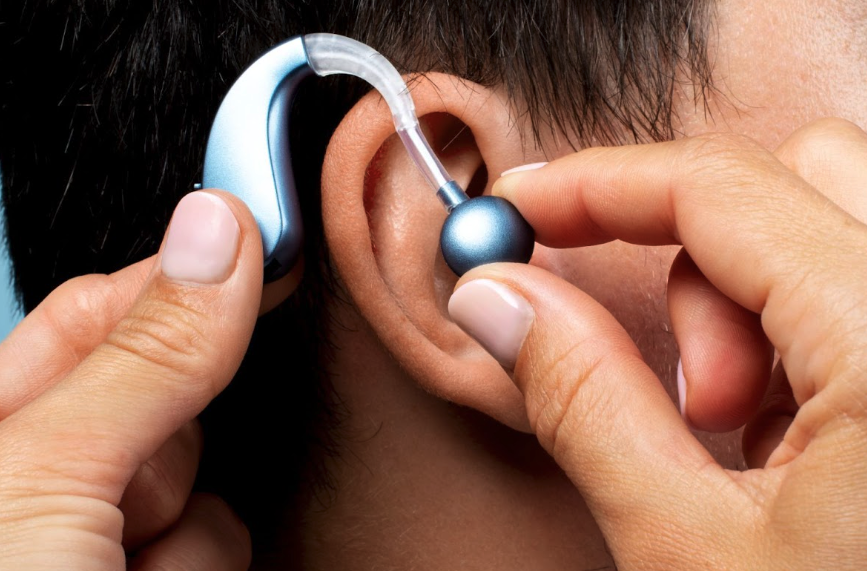Introduction
Noise in the cockpit is relentless and can steal focus faster than any other distraction. Real solutions mean more than temporary relief. They mean hearing protection that reduces harmful noise, preserves speech, and lasts through rotations. The goal is simple: keep pilots alert, comfortable, and able to communicate clearly. Let’s walk through proven approaches that work in real flight settings.
Understand the problem before picking a fix
Not all noise is the same. You’ve got constant engine hum, the whoosh of airflow, and intermittent radio chatter. A solution that only handles spikes won’t help with the steady low-frequency noise that drains attention. The best approach uses products that reduce broad-spectrum noise while keeping important sounds intact. That balance is what makes something genuinely useful in the cockpit.
Products that actually help
Start with quality earplugs and custom adapters. A properly fitting ear solution seals out the steady roar without blocking speech. That’s key. Pilots need the best earplugs for aircraft noise because they address persistent frequencies rather than just sudden loud sounds. Additionally, good ear protection pairs with active noise reduction in headsets for layered defense. When both are used intelligently, pilots get a quieter environment without chasing volume control.
Why fit and comfort lead the list
If a solution isn’t comfortable, it won’t be used consistently. Custom and high-quality off-the-shelf earplugs provide a predictable seal and feel. That saves you the distraction of adjusting ear protection mid-flight. A secure fit also guarantees the protection performs as advertised, so pilots can depend on it during long hours.
Communication remains the priority
One common fear is losing clarity. In practice, the right products preserve intelligibility. The best airplane earplugs and headsets are designed to reduce harmful noise but allow human voice frequencies to pass through. That way, ATC, crew, and automated callouts stay understandable. The result is safer operations without sacrificing protection.
Maintenance and hygiene as part of the solution
Dirty or degraded plugs don’t protect well. Routine cleaning and inspection should be part of standard operating procedure. Durable materials and easy cleaning regimens make it simple to keep gear in service. That longevity is a real operational gain: fewer replacements and a predictable baseline of performance.
Operational tips that actually help
Keep a flight bag spare pair. Replace foam or cheap plugs with higher-quality models for repeated flights. If possible, fit custom adapters, they save time and improve consistency. Coordinate with maintenance and fleet managers when introducing new equipment so everyone’s headset and comms setup remain compatible. These small changes add up to fewer in-flight distractions and better focus.
Why professionals pick proven options
Pilots and ground crew pick gear they can test and rely on. The best earplugs for aircraft noise come recommended because they work across different aircraft and conditions. They provide consistent attenuation and play nicely with standard headsets. That reliability is why professionals make the switch and stick with it.
Conclusion
Real solutions for aircraft noise prioritize fit, durability, and clarity. Use quality earplugs, consider custom adapters, and pair them with good headsets for layered protection. Keep maintenance simple and make protection part of your routine. Focus in the cockpit isn’t an accident. It’s the result of the right gear used consistently. Choose solutions that reduce strain, preserve speech, and let you do what you came to the flight deck to do: fly well.

